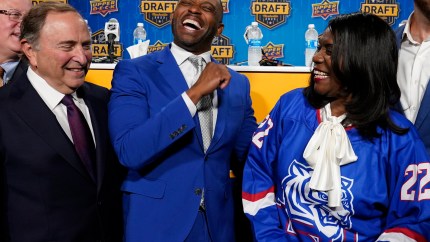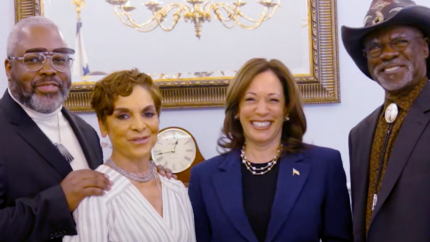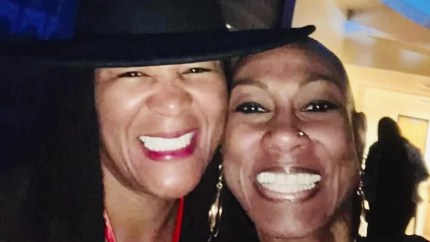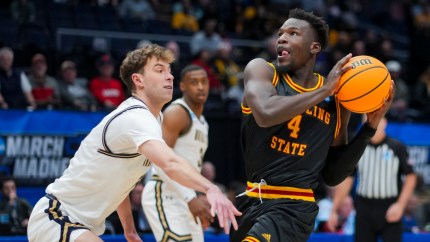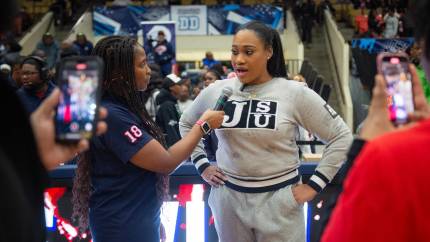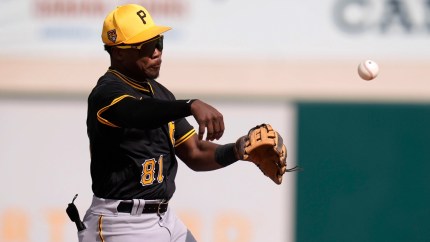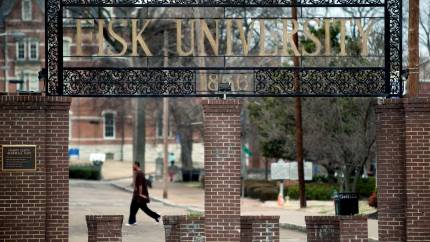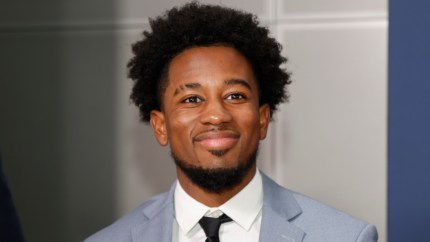Super Bowl or not, you better put some respect on Paul ‘Tank’ Younger’s name, the first NFL player from an HBCU
OPINION: 75 years ago, the Grambling alum signed as an undrafted free agent with the Los Angeles Rams and paved the way for hundreds of HBCU players to reach the NFL.
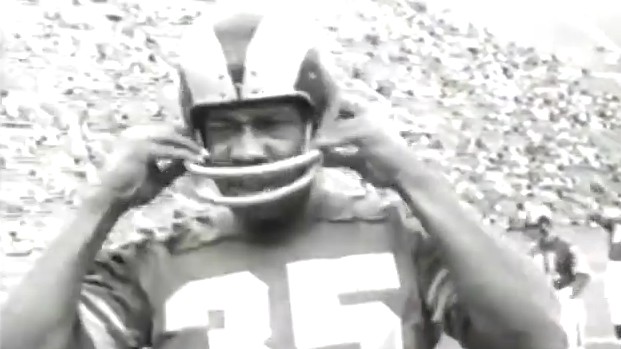
Editor’s note: The following article is an op-ed, and the views expressed are the author’s own. Read more opinions on theGrio.
Players from HBCUs get a little extra shine when they reach the Super Bowl, where legends like Jerry Rice, Doug Williams and L.C. Greenwood put their names in the record book after collegiate exploits at Mississippi Valley State, Grambling State and Arkansas Pine-Bluff.
This year’s big game features cornerback Joshua Williams (Fayetteville State), playing in his second straight Super Bowl with Kansas City, and defensive tackle Javon Hargrave (South Carolina State), also playing in his second straight Super Bowl — with San Francisco this year and Philadelphia last year.
Paul “Tank” Younger doesn’t live in Super Bowl lore, mainly because he retired in 1958, before the league’s inaugural lollapalooza in 1966. But his name rings as loudly as any Black player you ever heard, whether from an HBCU (like most did before the 1960s) or from the predominantly white institutions that continue to draw the most top-level talent.
Younger’s legacy hangs on history’s wall of trailblazers, where “first NFL player from an HBCU” is under his nameplate. He’s near the space reserved for Fritz Pollard, who has dual plaques as the NFL’s first Black player (1920) and first Black coach (1921).
NFL Commissioner Roger Goodell mentioned “progress” this week in defending the league’s diversity. Progress was scant after Pollard debuted. Just a few more players over the next 30 years were allowed through the color line. Younger was one, but not with the most attention.
The spotlight went to George Taliaferro and Wally Triplett, who became the NFL’s first Black draft picks in 1949. They attended Indiana and Penn State, predominantly white schools that drew football scouts, unlike HBCUs.
Younger went undrafted and signed as a free agent with the Los Angeles Rams. He represented every HBCU player when he hopped aboard a Louisiana train headed west, a reality driven home by iconic head coach Eddie Robinson.
HBCU
“He told me, ‘If you go up and don’t make it, there’s no telling when another guy will get a chance,’” Younger told the Los Angeles Times before his death in 2001. “I told the coach, ‘I believe I can handle it when they start blocking and tackling.’”
Excelling on the field was the least of Younger’s worries, on either side of the ball.
He played 10 years and made the Pro Bowl four times. He was selected twice as an NFL All-Pro, first as a linebacker in 1951 and then as a running back in 1954. Only eight players in Rams franchise history have rushed for more than Younger’s 3,296 yards. They called him Tank for a reason.
Collie Nicholson, who was Grambling’s sports information director at the time, said the nickname reflected the era when Younger arrived on campus. “It was just after World War II and I was watching him run over everybody he couldn’t run around,” Nelson told the New York Times. “I’d been a Marine in the South Pacific and it reminded me of what I saw those tanks doing down there.”
They could’ve called him Bulldozer, too, because he paved the way for hundreds of HBCU players to reach the NFL, including four Hall-of-Famers from Grambling (Willie Brown, Buck Buchanan, Willie Davis and Charlie Joiner).
Younger should be in there too, for his historical impact as much as statistical evidence. He was Grambling’s first star, helping L.A. win the 1951 NFL championship while he became the first Black player in the Pro Bowl. And he did HBCUs proud once out of uniform, wrecking stereotypes that brothers were one-dimensional jocks.
Another first was notched when Younger became assistant general manager of the San Diego Chargers in 1975. That struck another blow for HBCU culture, seen today in Black executives like Detroit Lions general manager Brad Holmes (North Carolina A&T) and Baltimore Ravens president Sashi Brown (Hampton).
If folks knew half of Younger’s back story, they might not be surprised by his success off the field. He went to Grambling High and afterward enrolled in the university, where he had a close and personal relationship with President Ralph Waldo Emerson Jones. Besides, Robinson provided any necessary reinforcement on the challenge and commitment of being young, educated and Black.
“Probably the first thing Eddie stressed to me was going to school,” Younger told the L.A. Times. “I had to go to school, too, because my godfather was the president. I think 85% of the players got degrees.”
We can recognize HBCUs’ shine even without the mainstream spotlight that occasionally rolls through. Athletes from PWIs have enjoyed the lion’s portion since back in Younger’s day, and nothing’s changed. But that didn’t stop him. He showed and proved.
Put some respect on his name.
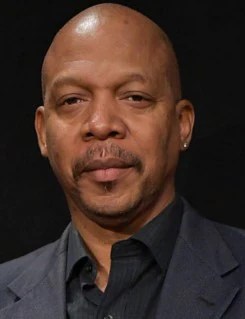
Deron Snyder, from Brooklyn, is an award-winning columnist who lives near D.C. and pledged Alpha at HU-You Know! He’s reaching high, lying low, moving on, pushing off, keeping up, and throwing down. Got it? Get more at blackdoorventures.com/deron.
Never miss a beat: Get our daily stories straight to your inbox with theGrio’s newsletter.
